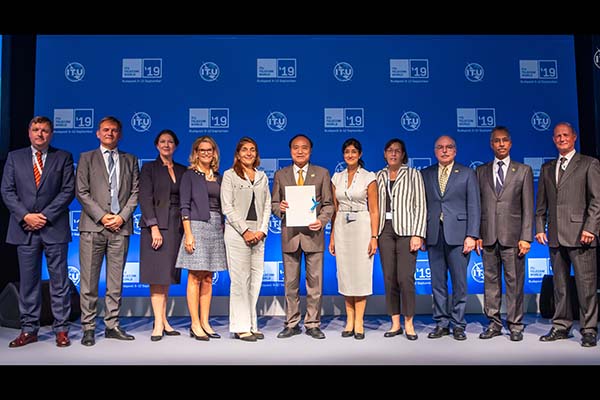
In 2016, 300 million people around the world were affected by natural disasters. Sharing technology and resources between countries helps improve the effectiveness of any response.
EMEA Satellite Operators Association (ESOA) members representing governments and the satellite industry gathered to sign the world’s first life-saving global treaty, The Crisis Connectivity Charter.
As an active member of the Emergency Telecom Cluster, the ITU has helped support collaboration during emergency situations and is a principal signatory in the Charter, which will see the satellite industry working alongside the wider community to make satellites more readily available at times of disaster.
This charter aims to improve coordination of responses as well as effective planning and prediction of disasters.
Doreen Bogdan-Martin, Director of the Telecommunication Development Bureau of the ITU briefly commented that “in disaster and emergency situations, technology saves lives.”
ESOA is chaired by Khalid Balkheyour, President and CEO of Arabsat while Stephen Spengler, CEO of Intelsat is first Vice-Chair and Kyle Whitehill, CEO of Avanti Communications is second Vice-Chair.
Balkheyour will lead the association for the next two years. He leads ESOA at a time when the Association is also mobilising the global satellite industry to unite ahead of the World Radio Conference 2019 to defend its spectrum and ensure a solid basis for the future development of the satellite industry. ESOA is also driving forward cooperation with the mobile terrestrial industry, working on 5G standards through 3GPP and exploring synergies and avenues of cooperation to overcome the obstacles that stand in the way of enabling the integration and interworking of satellite and terrestrial technologies required to deliver sustainable 5G services to a maximum number of people.












Add Comment